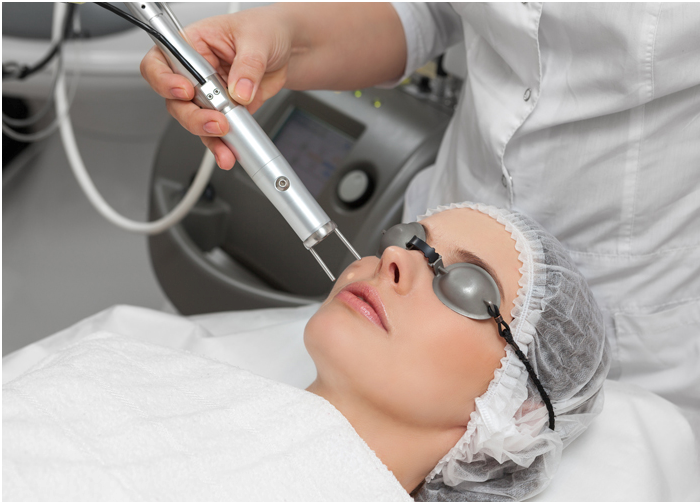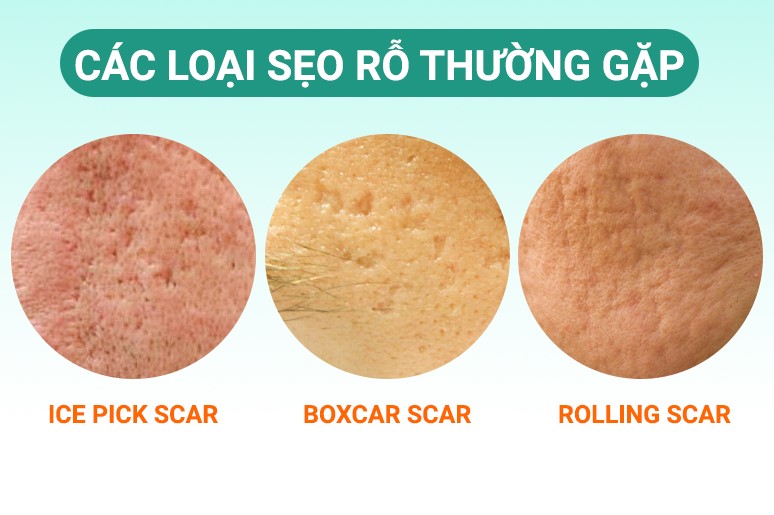Is Fractional CO2 Laser Scar Treatment painful?
Pitted acne and keloid scars can be treated with laser treatment without surgery or causing bleeding. To ensure no pain or discomfort during the procedure, the skin surface will be numb for 45 minutes. Customers may experience a minor stinging after the first two hours, but this feeling will disappear soon and the skin will return to normal.

How long does it take for the procedure to show results?
Customers will typically notice a positive change in the facial skin immediately after the first treatment. The body will continue to produce collagen for the best outcomes for another 4 to 6 weeks. The number of treatments required might vary from 3 to 5, depending on each person's level of scarring, health, and aftercare regimen.
How long is the interval between treatments?
After each treatment, the skin will begin to self-heal after 20 days, forming new collagen tissue to replace lost cells and repair skin indentations. Consequently, the interval between two treatments is typically between 20 and 30 days.

Is Scar Treatment with Fractional CO2 Laser safe?
Fractional CO2 laser is a scar treatment technology that has been tested and certified by the US Food and Drug Administration (FDA) to ensure safety and effectiveness for the skin. The infrared light of this technology is highly concentrated and selective, directly affecting the treatment area, gently and thoroughly dissecting the skin tissue. It is completely non-invasive and does not affect the skin or surrounding skin tissue. This method, when combined with standard medical procedures, guarantees that the skin is free of bacteria.












.jpg)
.jpg)
.jpg)
.jpg)
